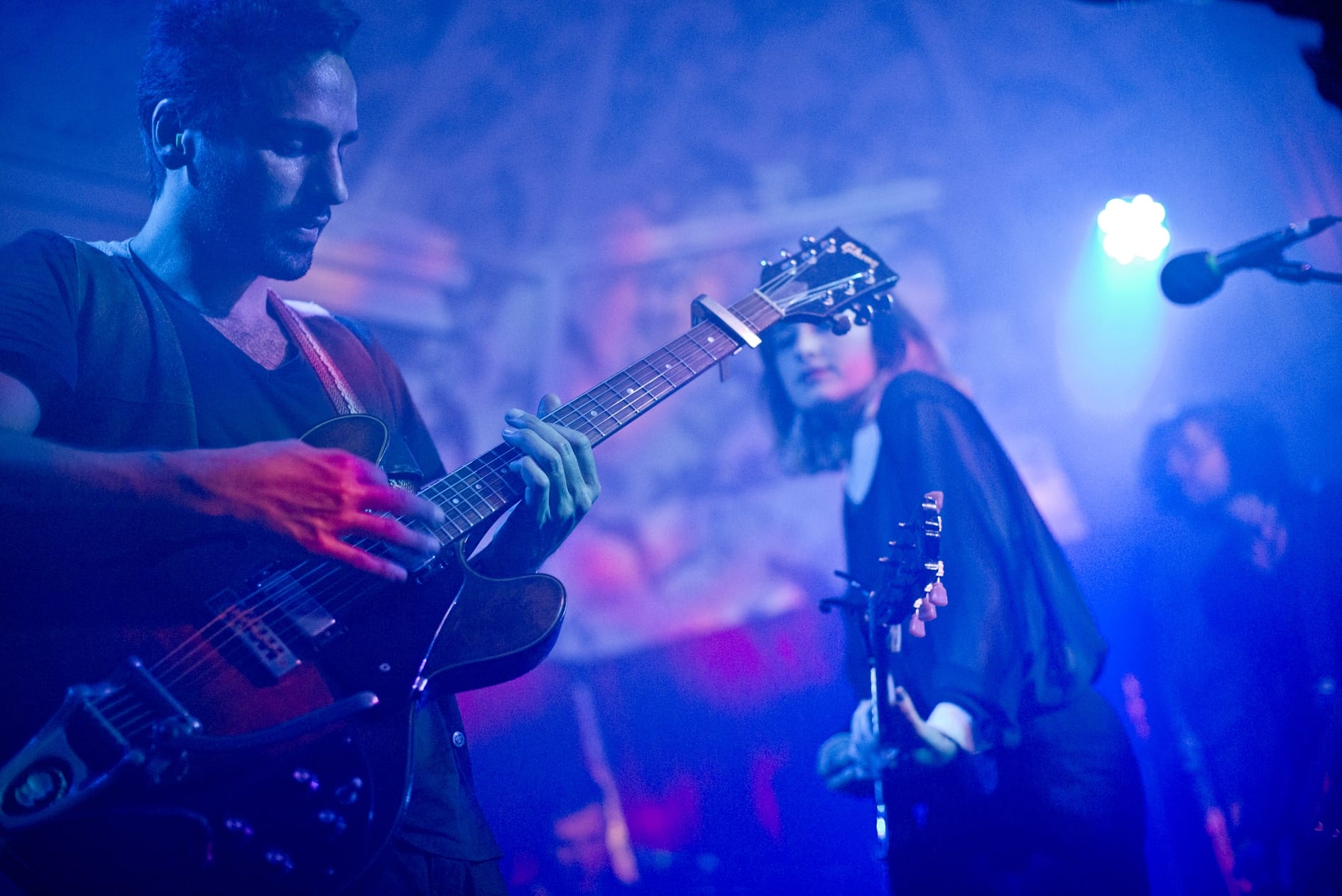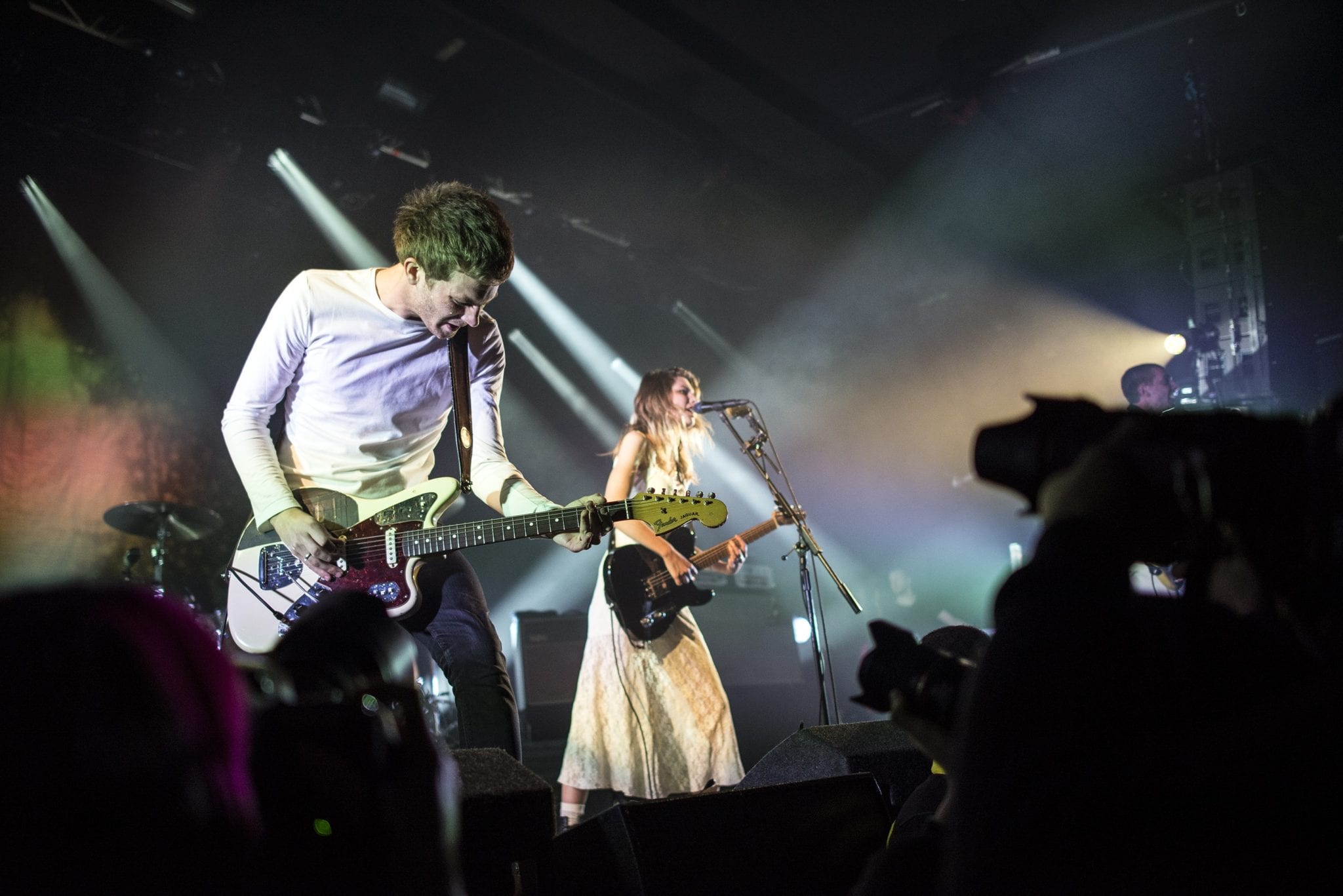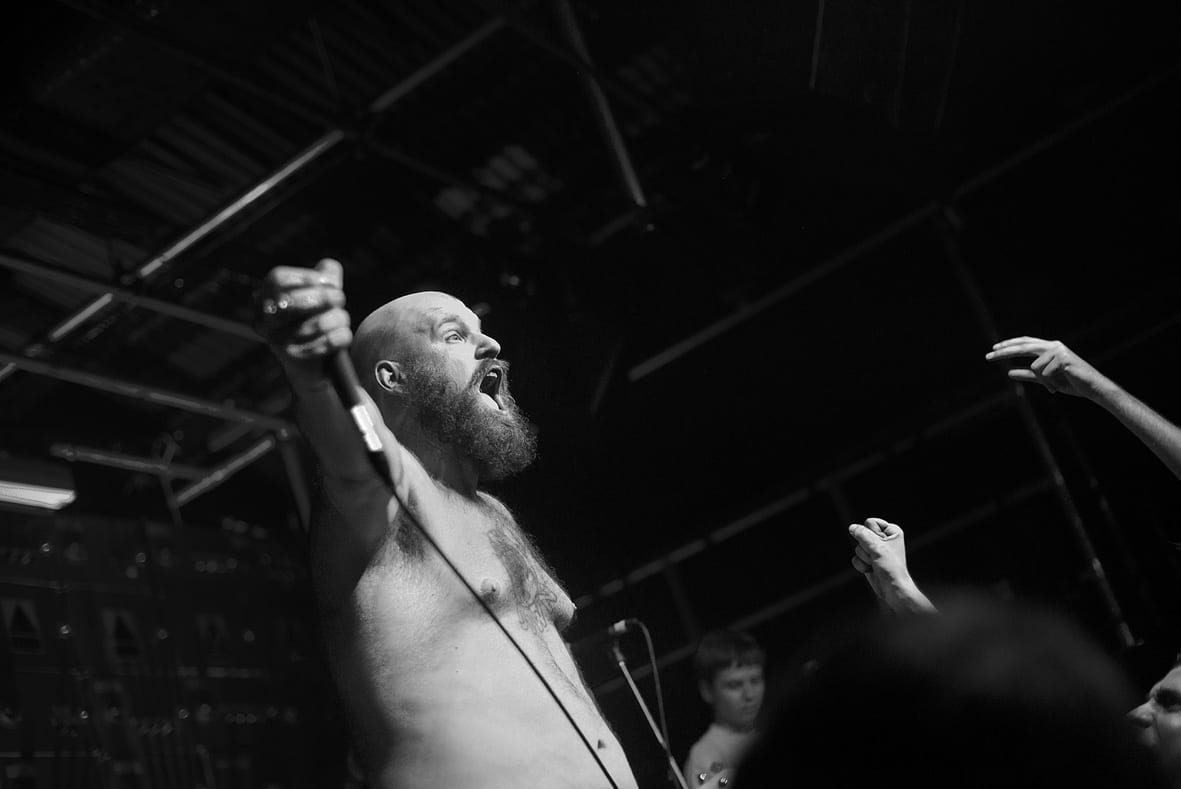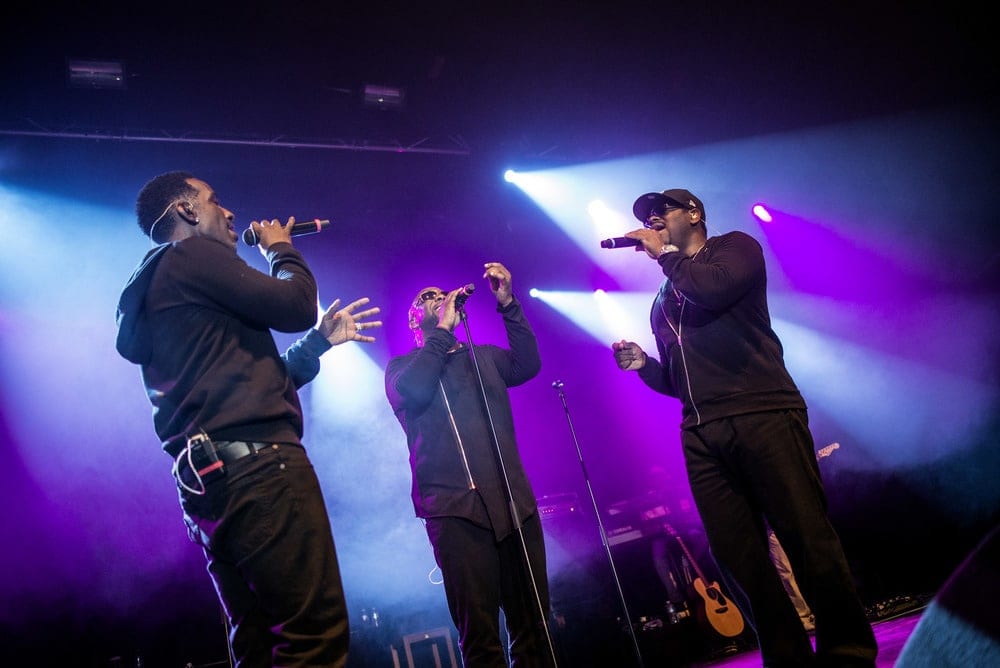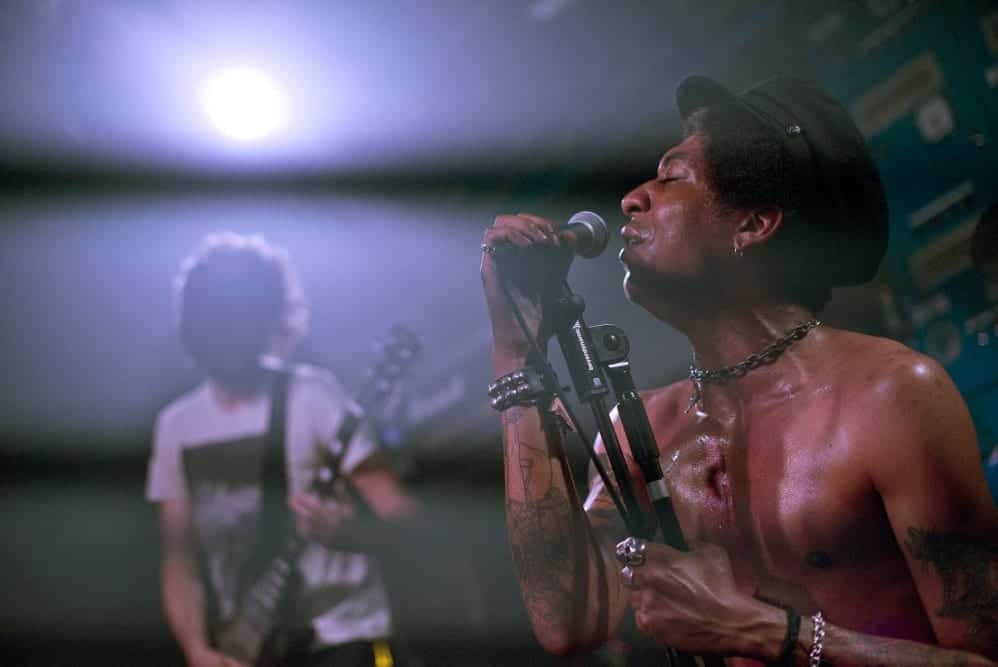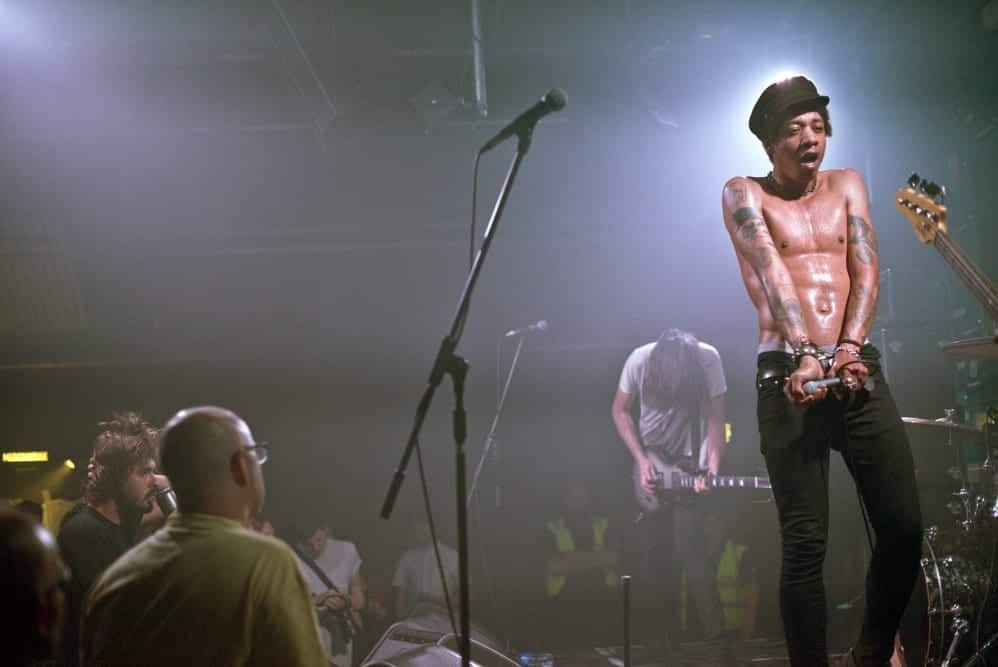Hints and Tips for Catching the Action
Gig and live music photography, like any branch of action photography is something that requires a good amount of knowledge on your kit, lenses and settings, along with the ability to act quickly and of course getting a little bit of luck thrown your way.
Before you even leave the house, you should be prepared for what is to come if you’re choosing to shoot a gig.
If we think of any music event we’ve been to, from quiet acoustic nights in the local pub, to stadium concerts or even musical theatre, there will always be some variables we can expect.
In this article, I’ll be breaking down how best to prepare for those variables, how to act as a gig photographer and above all what you can do to get that one killer shot.
So, what are the variables?
Lighting
Lighting is the biggest variable by far. In any live music environment, you’re likely to encounter dramatic changes in light. It may be simple changes from a non-moving spotlight in a local pub. It could be a Pink Floyd concert. Either way, you need to be prepared for not just the change in light source, but the change in your position as you move in and around this space.
Shot in dull light 50mm f/2.8 at 1/400. ISO 2400
In a lot of cases, you will be shooting directly into lights too, whether they move across audience and stage or are simply there for ambience. This as we know can cause havoc blackening out our backlit subjects.
Movement on Stage
Your subjects are very likely to move. If not just as they play and perform but across a stage. You need to be ready to follow their movements and wait out for that precise time to shoot.
Shot from The Pit with a 28mm f/1.8 at 1/2000. ISO 1200
Movement of a crowd
If you’re in a crowd, you will need to act quickly and perhaps try to get as many different angles as you can but be restricted by other people’s movements or proximity. This can hinder your shooting so it’s worth knowing how best to deal with these situations. You may want to shoot from within, or perhaps shoot from the back. If so how do you know which lens to pack? It’s best to pack lightly in these situations as you may well be trying to manoeuvre your way through lots and lots of people at points.
Shot from a very rowdy crowd with a 50mm f/2 at 1/640. ISO 1000
Effects – Smoke, Fire, etc.
In a lot of performances effects like smoke machines and pyrotechnics are natural characteristics which give atmosphere and drama to a gig. You should be ready to shoot in these instances just as any other.
This is an environment with lots and lots of flux. So much change means we, as photographers need to prep well. It may sound a little daunting to hear all the different changeable elements but just as with any other shoot, once you know your kit, you’re well on your way.
How to prepare
- Aperture and Shutter
No matter what the situation, you should be preparing to shoot on as wide an aperture and therefore as fast a shutter as you can get.
A lens which can open to an F of 1.8 is a perfect choice here. You will have to deal with a very shallow depth of field of course, but your shutter will be nice and fast to capture what’s happening on stage, and you’ll also be able to fire 3/4/5 shots off at a time, which is pretty integral with so much variation happening.
- ISO
Many students are put off by using ISO in any sense because of the grain and noise it can produce in an image, but you have to remember that it’s all relative. Sometimes grain and noise can be used to your advantage and bring a particular atmosphere to an image. When shooting gigs, a little noise won’t hurt anyone. If your lighting is particularly moody, don’t be afraid to use a very high ISO to get that shutter up.
You’ll find that in most cases and on most cameras you can go to around 2/3000 and still retain smoothness in your images, so be confident in your use of ISO.
- Focus Settings
Your focus settings can be down to both preference and the knowledge of the act you’re shooting. If you know your subject is prone to lots of movement and energy, you may want to consider a continuous autofocus (AF-C). This will ensure whatever is moving within your frame will be focussed upon right up until the point of shooting. However, this can prove troublesome when things such as effects and movement from other band members come into play. You should constantly be looking for the subject you want as your focal point, so perhaps a fixed point autofocus is better here. This is also perfect for more relaxed performances.
- What Lens?
The choice of lens for shooting any gig is of vital importance. You should know your position within the venue. For example, if you’re shooting a relatively well-known act and for a magazine or paper, you may know that you’ll be in what photographers call ‘the pit’. This is the area where the security stands, in front of the crowd.
You’ll usually get up to 3 songs here to get your shot, without flash, and get out. In this situation, speed and efficiency are crucial. Most gig photographers will have something between a 24 and 80mm zoom lens to change that focal length quickly should they need to but I have always stuck with the prime lenses in this situation.
Shot from The Pit with a 28mm f/1.8 at 1/500. ISO 2000
When you’re so close to your subject and have no crowd interference a 28mm 1.8 and an 85mm 1.8 – should I feel the need to change to something a little more telephoto – is all I need.
If you’re a bit further back and in the crowd, you may opt for the 50mm 1.8 (even better if it’s 1.4). You may be contending with the swaying of the crowd or even shooting discreetly in an intimate acoustic performance.
In these situations, I would highly recommend sticking with the 50mm 1.8/1.4. If you feel you need more proximity, then get it by moving closer. Remember, sometimes being a little bit cheeky can get you that standout shot.
- Luck
You can do all the preparing you’re able to and be ready to go, but you’ll still need a little luck on your side for that one perfect shot. The shift of a spotlight or the unexpected leap from a frontman right at your lens is all it takes. But if you don’t have that shutter fast enough, or that lens primed or ISO high enough, you could easily miss that chance and not get another.
Shot from the side of the stage with an 85mm f/2 1/800. ISO 2400
Shot from the same side as above but with 28mm f/2.8 1/640. ISO 2400
Join an IOP® online photography course today and learn the craft of your camera from the experts.

